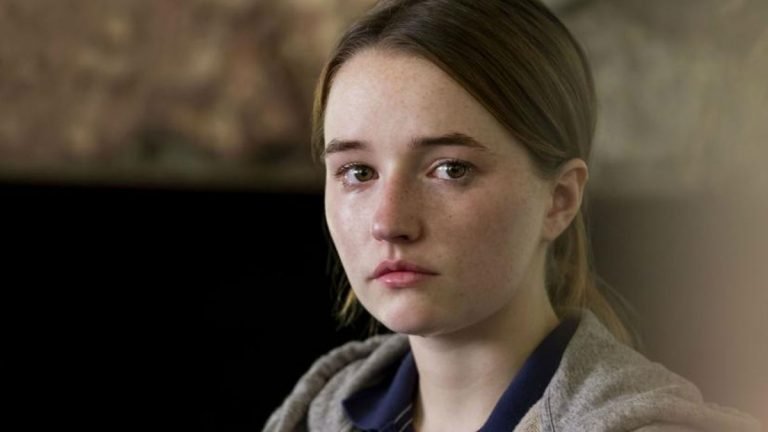These are the times of re-release. One day, you are checking BookMyShow and a film you watched on television, sneaking away as a young girl, returns. It does not have to be great or even good—you hope to go to the theatre and remember what it felt like before, or if you like it at all now. They are like former lovers: familiar, complicated, demanding we remember who we used to be. The studios call it nostalgia. The accountants call it revenue. I call it the failure of the present tense.
I had not planned to write about Joe Wright’s 2005 film, “Pride and Prejudice.” Twenty years of critique or discourse on the film seemed sufficient. The arguments had been settled, or they had been abandoned. But something has happened to Jane Austen in the interim. She has become something else entirely.
There are hundreds of enthusiasts on Instagram and YouTube who dedicate themselves to her works, her time, the empire waists, and the Regency hair. The recent Netflix adaptations of “Emma” and “Persuasion” complied with the same trends—how to make Jane Austen relatable and relived in 2025. Let us ignore the problems of Austen’s time and our time, and focus instead on the period-drama fantasy gala party. We are no longer reading Austen so much as accessorizing her.
And so, arrives a “Pride and Prejudice” (2005) re-release, in the march of fantasy-period pieces. When it was released twenty years ago, Wright’s version did something unexpected. It made Elizabeth and Darcy touchable. Tangible. It moved, unlike the versions that came before and other Austen adaptations that came after. Where previous Austen adaptations had preserved drawing rooms like museums, characters like untouchable idols, and later adaptations turned them into fantasy tropes, Wright let the characters live in his film. Natural light. Handheld cameras. Mud on Elizabeth’s skirts. Loose hair. Darcy’s stutter.
Keira Knightley’s Elizabeth walked through the British countryside. Her dresses got muddy. Her hair came undone. She walked the countryside like she owned it. She laughed with her whole body. Matthew Macfadyen’s Darcy stuttered with what we might now recognize as neurodivergent social awkwardness, his rudeness not intentional but explained by his social discomfort (something never explained in previous adaptations). The ballrooms came alive with sweat, dirt, low light, and drunken splatter. Drawing rooms and dining tables bowed with their awkward courtesies and rigid etiquette.
Wright made rigid British etiquette unnecessary, cartoonish, and humorous. He moved the characters away and around it. Let them breathe. He ridiculed those who followed etiquette like scripture—Mr. Collins, Lady Catherine. He did visually what Austen intended between the lines: question norms, hierarchies. Elizabeth questioned and set herself free from the structure; Darcy, still constricted and warped, yet wished to break free. Their union in the field ensured this freedom—away from etiquettes, restrictions, and courtesies—with Darcy meeting Elizabeth halfway in her act of breaking away.
Roman Osin’s shots of the countryside emotionally mapped each character’s movement across the fields, ballrooms, and dining tables. Wright did something unthinkable at the time: he made the Regency immediate. But, I am not here to repeat how different or better this film version is, or how beautiful Knightley looked. I am not here to tell if this film contradicts Austen’s vision or takes another life. Today, I am here to tell my side of the story.
I read “Pride and Prejudice” in school, like most teenage girls. Only I went to a girls’ school, and we in the early 2010s were cut off from social media and boys entirely. Our parents had rules. At 14, I had never spoken to a boy my age. Bizarre to think of now, but we were like Austen’s women of the 1800s—we did not know how to talk to men. We were too shy or too fiery or too silly. We had elaborate theories about everything. All my friends and I were the five Bennet girls. My middle-class parents were Mr. and Mrs. Bennet—my mother worrying about my sister’s marriage prospects, my father with his air of intellectual superiority that made him dismiss my mother’s pragmatic concerns about her eldest daughter’s wedding jewelry.
The thing about enduring art is that you can return to it at different phases of life and taste it differently. Something happened with me and “Pride and Prejudice” over the years, something I could not have anticipated. As a teenager, I wanted to be Lizzy. I did not have money. I did not have Jane’s beauty. Moreover, I disliked my mother’s preoccupation with marriage. I wanted to be different, and I wanted to know what love was—this mysterious thing absent from my sheltered life. While discovering Hollywood romances, the Brontë sisters, and Shah Rukh Khan’s open arms, I met Mr. Darcy—as a nerdy girl with oily hair and thick glasses—and life changed.
Also Read: 9 Films and TV Shows to Watch if You Like Persuasion on Netflix
The 2005 version was transformational because I saw this on television first, not the BBC series. The hand scene (where Mr. Darcy gives Elizabeth a hand to her carriage) in Wright’s version, when Darcy clenches his hand after touching Lizzy’s— well, it is exhaustingly romantic. It is what women want. What we have always wanted. It’s what fueled my imagination as a 14-year-old. I remember we girls gathered in lunch breaks for a month to talk in detail about that scene. It was around this time that we started to write letters—very badly written ones, of course.
But here is what I understand now that I did not then: Austen did not create a socially awkward, shy, beautiful man who barely speaks. She does not create a perfect lover. What she creates is a woman who questions whether the rich, handsome man is worthy of her. Austen creates an idea of how a woman should be. She breaks conventions when she creates Elizabeth Bennet—draws the comparison with Charlotte, with Lizzy’s younger sisters, with Jane, the beautiful, modest girl.
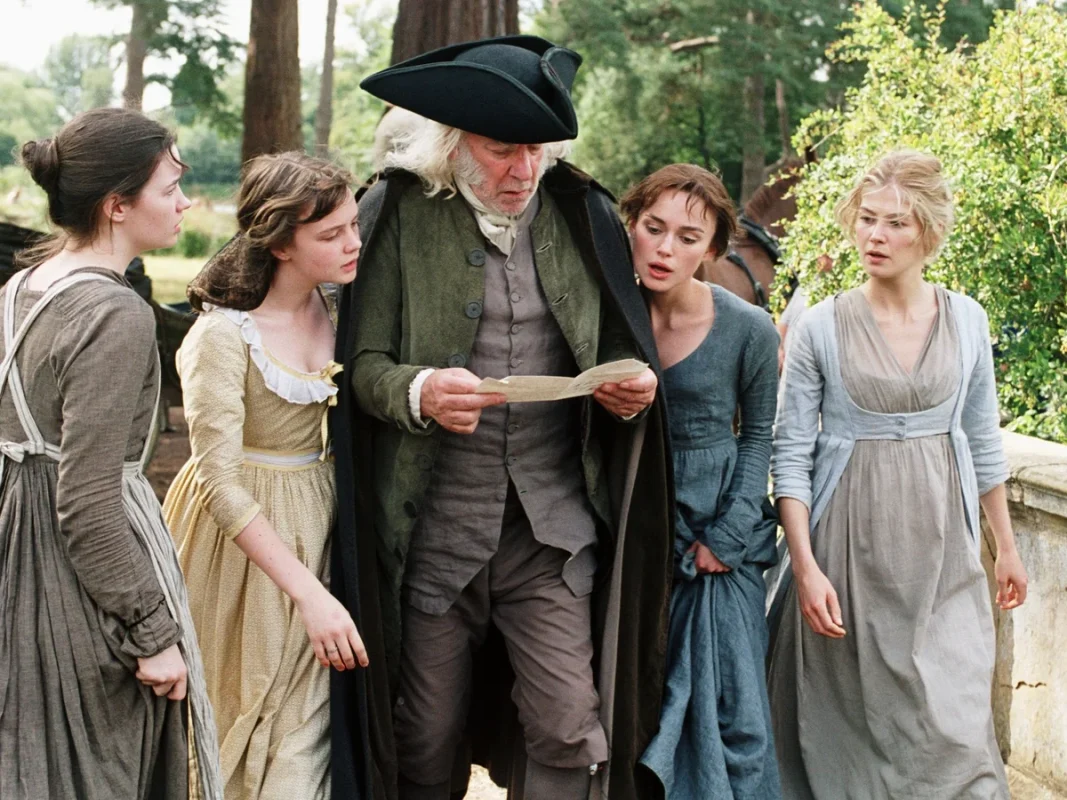
And this version of the adaptation could provide this very spirit of the novel: it lets you breathe, walk in Lizzy’s footsteps. Elizabeth is different, and Jane Austen makes us understand that. She has no money, no class, but she is—and that is enough. An idea Austen believed true for herself, though her circumstances were starkly different. Darcy is rude. He does not attempt to hide his judgment of her lack of class and money. When you read about a hero voicing your insecurities as a young girl, you are frightened. The “I am not enough” bug hits hard. Then you learn what Elizabeth did—you learn to stand up.
But when I reached my twenties and the world of college opened up, I did not meet Darcies. I met Wickhams. I realized that the idea of a rich and privileged man changing for love is a concept so foreign that it is laughable. The pride of Elizabeth that translated to the young girl’s mind died soon enough. I became prejudiced, believing Darcy was just a writer’s fantasy, an illusion of a happy ending that Austen created, because it was an impossibility otherwise. Darcy in Pemberley is a dream that belonged only to Elizabeth.
The hundreds of analyses and academic journals on the novel or the films didn’t help either. I lost what I thought when I first met Darcy, when I first met Elizabeth. My ideas became contaminated by criticism, by cynicism, by the accumulated weight of disappointment. Yet rewatching the film after a decade makes me want to reach out to that fourteen-year-old girl. She felt something elemental about this film. The hatless figure, the mud-spattered skirts, the flowing hair of Keira’s Lizzy—all of it closer to her in time. Something a teenager would want to become.
What I thought as a teenager was probably not what it was. But it was not what I thought before rewatching the film a decade later, either. This was never meant to be an analysis of the film. Only a recognition of what twelve years can do to a girl and how she learns about love. When I watched it now, I realized I still want to be Elizabeth Bennet. But I understand now that Austen’s intention was never for us to meet a Darcy. Her intention was to give birth to Lizzys- women who could be proud of who they are, exactly as they are.
It is crucial to remember that Darcy was never just a lover. He was Elizabeth’s passage to a life of broader choices, wider opportunities. The promise that if you remain who you are, despite everything, you will be enough. This understanding opens onto something larger. The journey is about escaping the prejudices of one’s society and learning to take pride in oneself. I think Austen was reaching toward a kind of utopia—one that girls like me might be living two hundred years later. We are capable of breaking free into a life of possibilities if we can learn to be proud of ourselves and abandon that inherited prejudice.
Elizabeths do not need Mr. Darcys for a happy ending. Not anymore.
This is what Joe Wright’s version accomplishes: it places you on a journey that belongs to you, not just Elizabeth Bennet’s. It feels urgent. The union of Darcy and Elizabeth in the dawn light is not just theirs from two centuries past. It is ours, within ourselves; here, now.

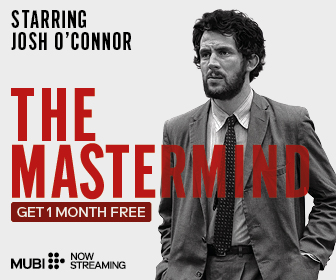
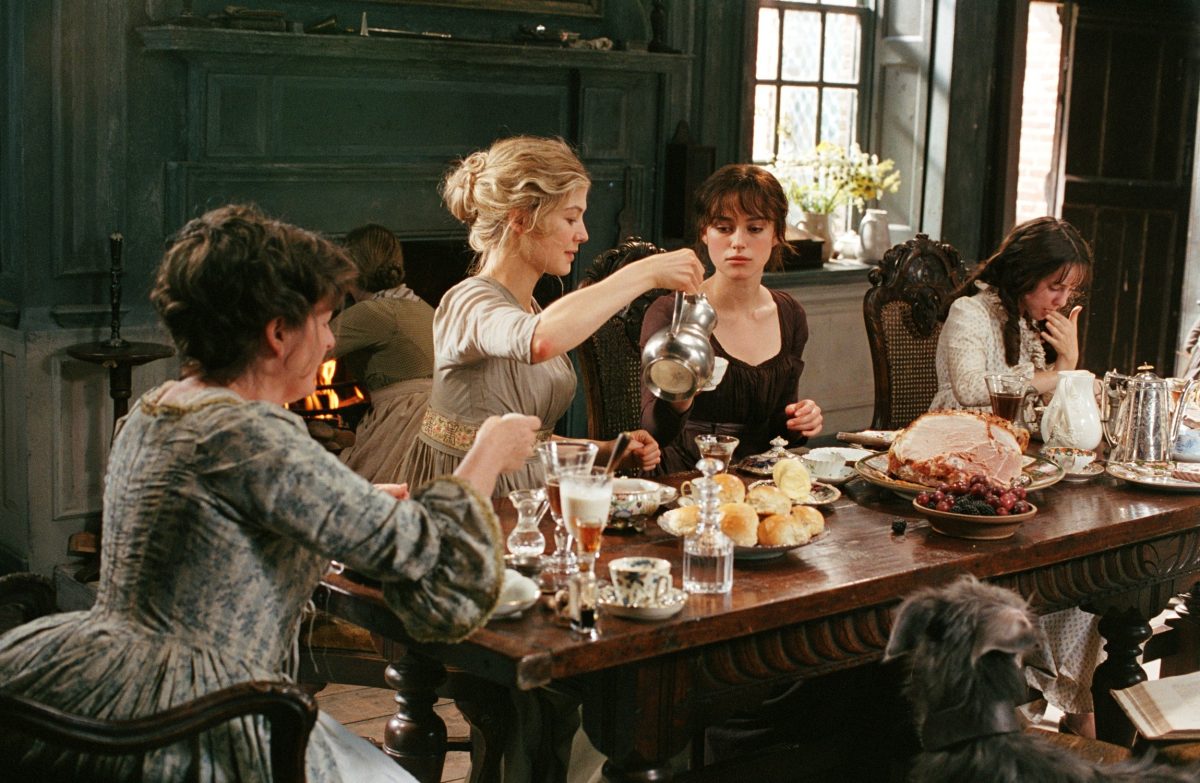
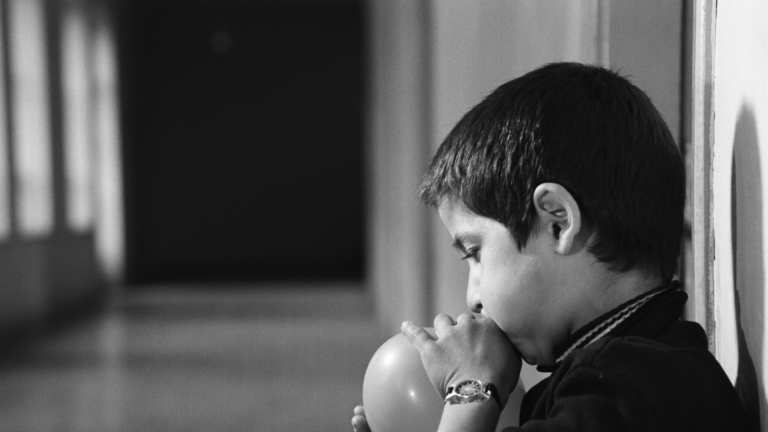
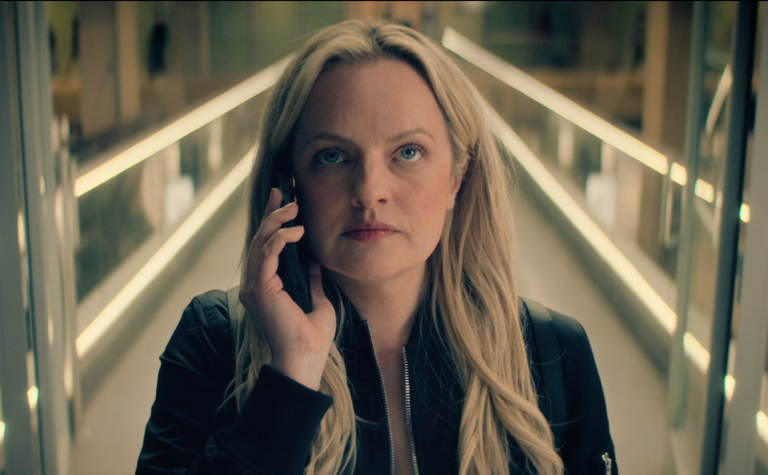
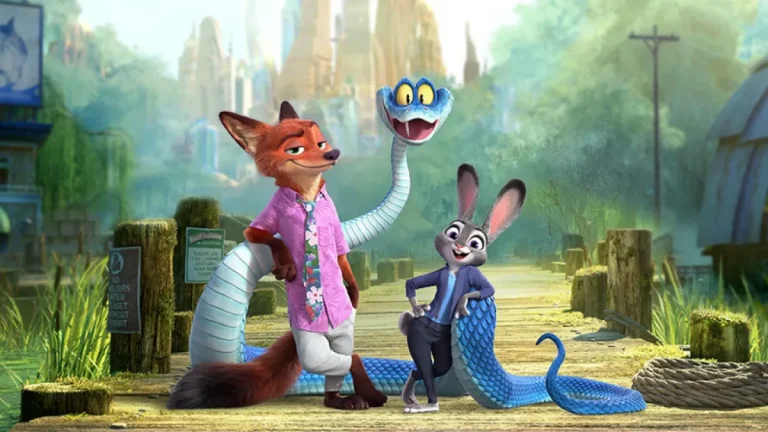
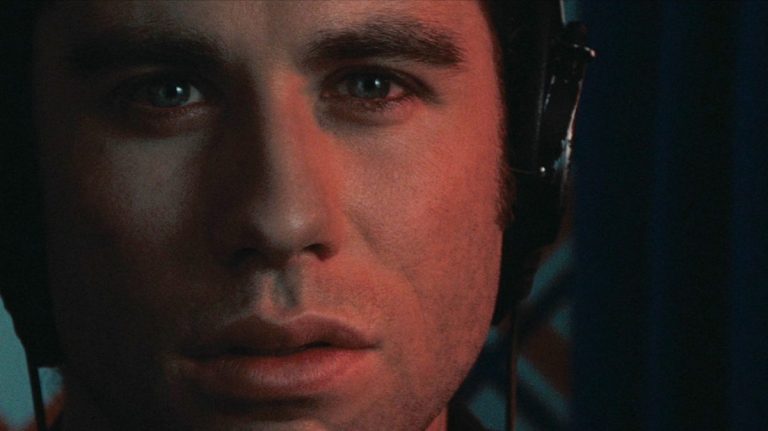
![Malayankunju [2022] Movie Explained: Ending & Themes Analyzed](https://79468c92.delivery.rocketcdn.me/wp-content/uploads/2022/08/Malayankunju-2022-Explained-768x479.jpg)
